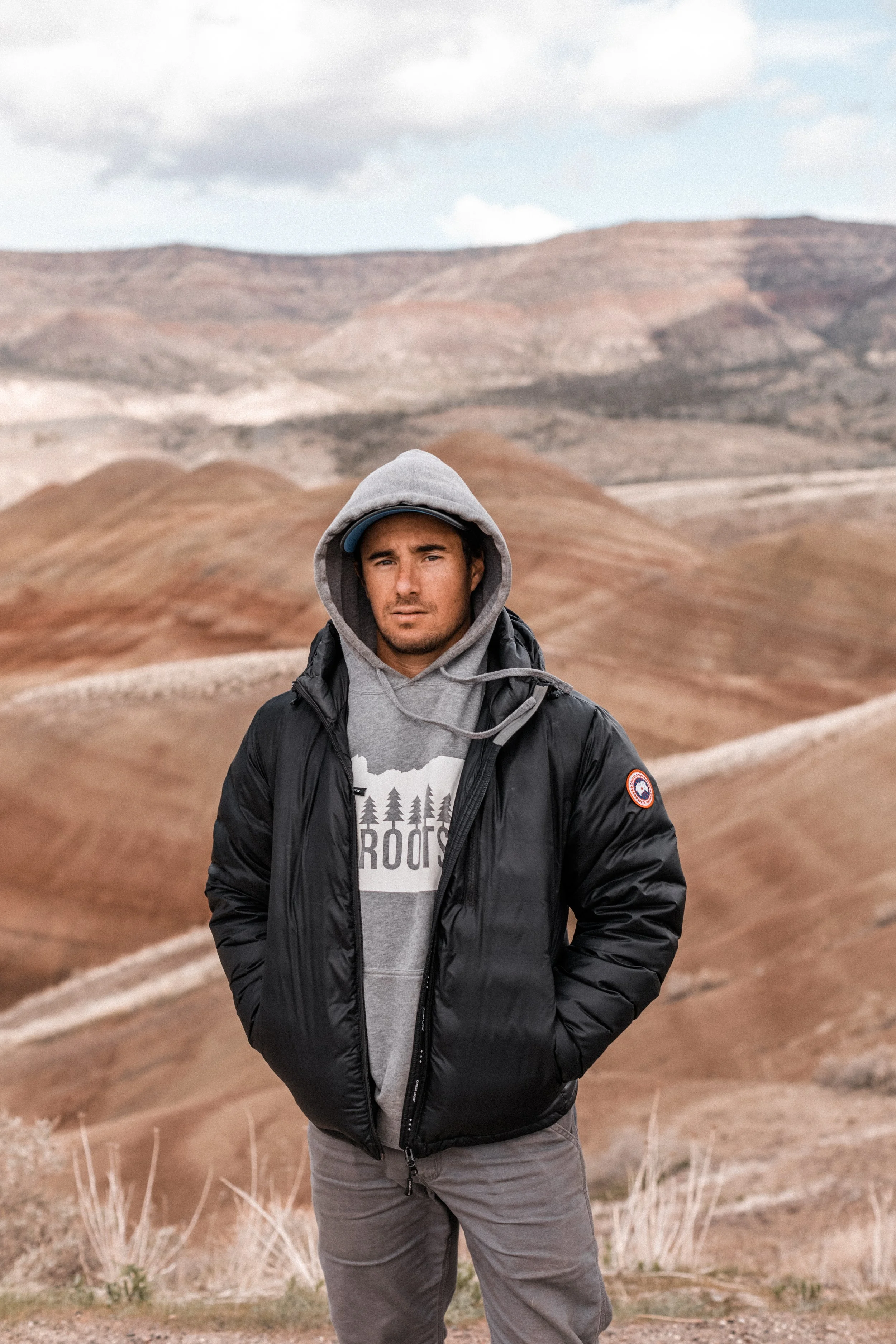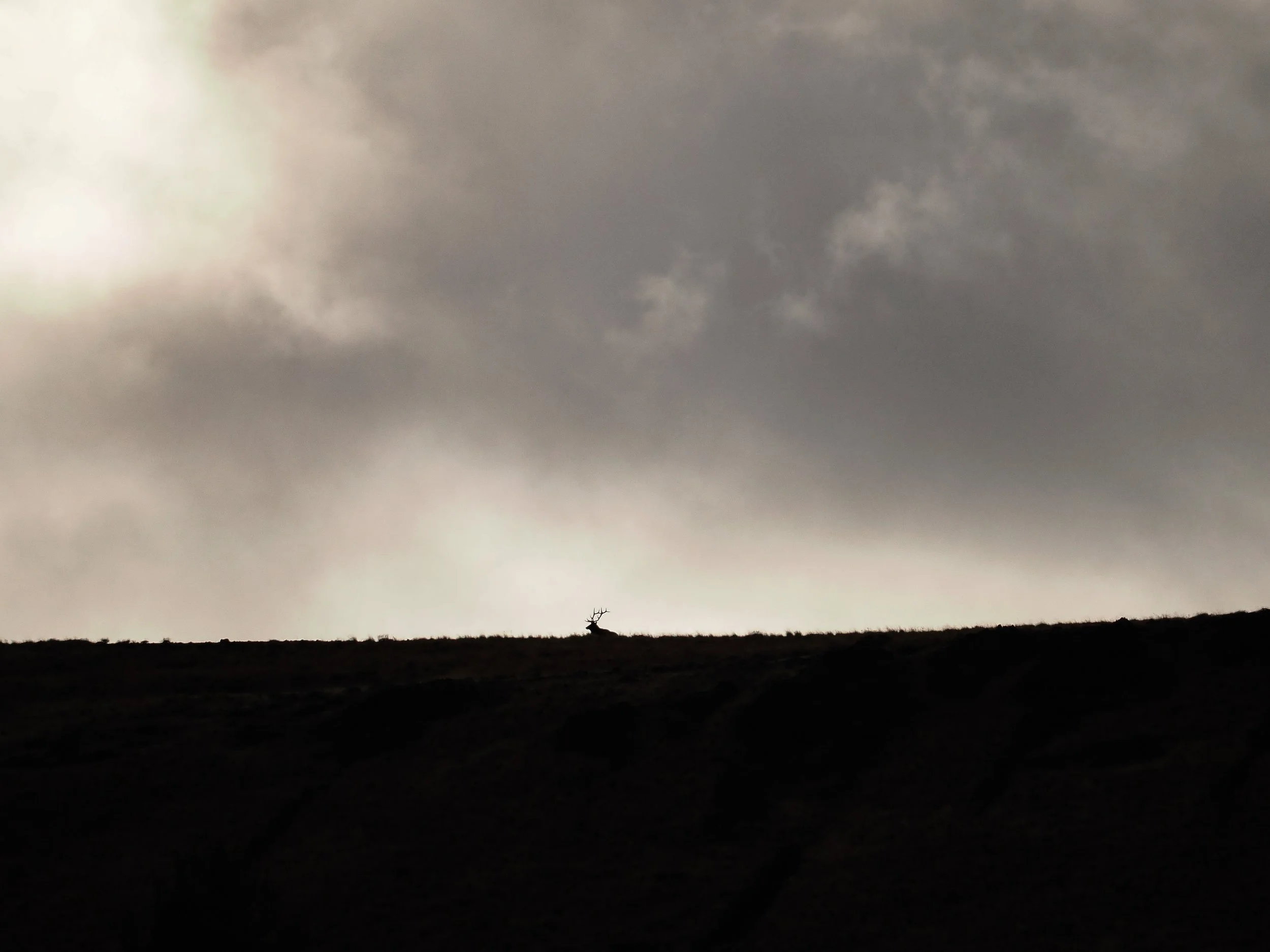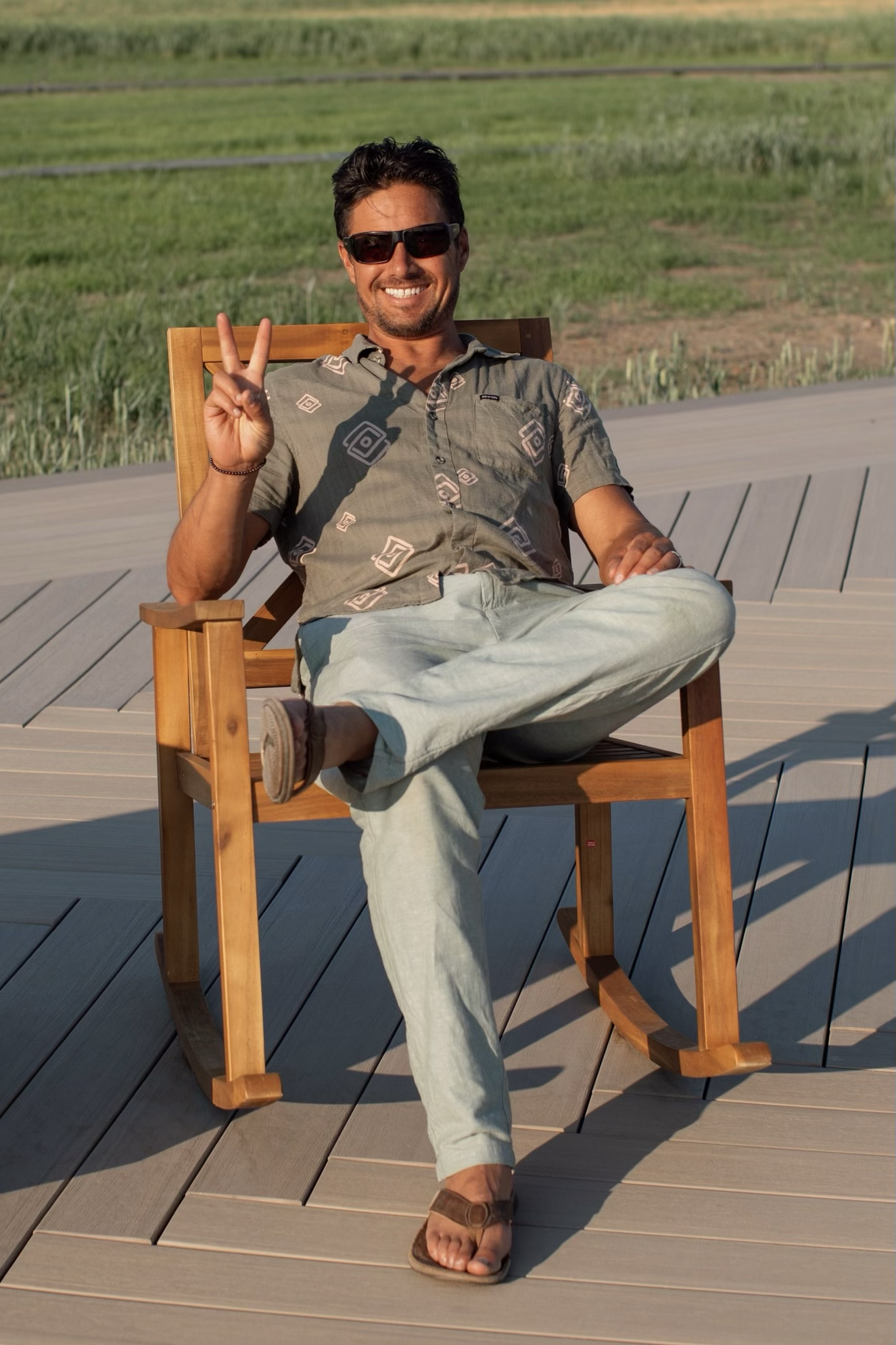Meet Ryder, Our Newest Photo Partner
Ryder Redfield is a Central Oregon original. Born between the mountains, rivers, and wide-open skies, he carries the spirit of this place in everything he does.
Over the years, his photographs have helped us tell the story of Central Oregon again and again—images that capture not just the scenery, but the feeling of being here. It only made sense to recognize him as one of our invaluable Photo Partners. Good photos are essential for communicating our work in ways that words alone can’t.
We posed some questions to Ryder about life in Central Oregon, what matters most to him, and how he uses his lens to share the beauty, character, and wild heart of his home.
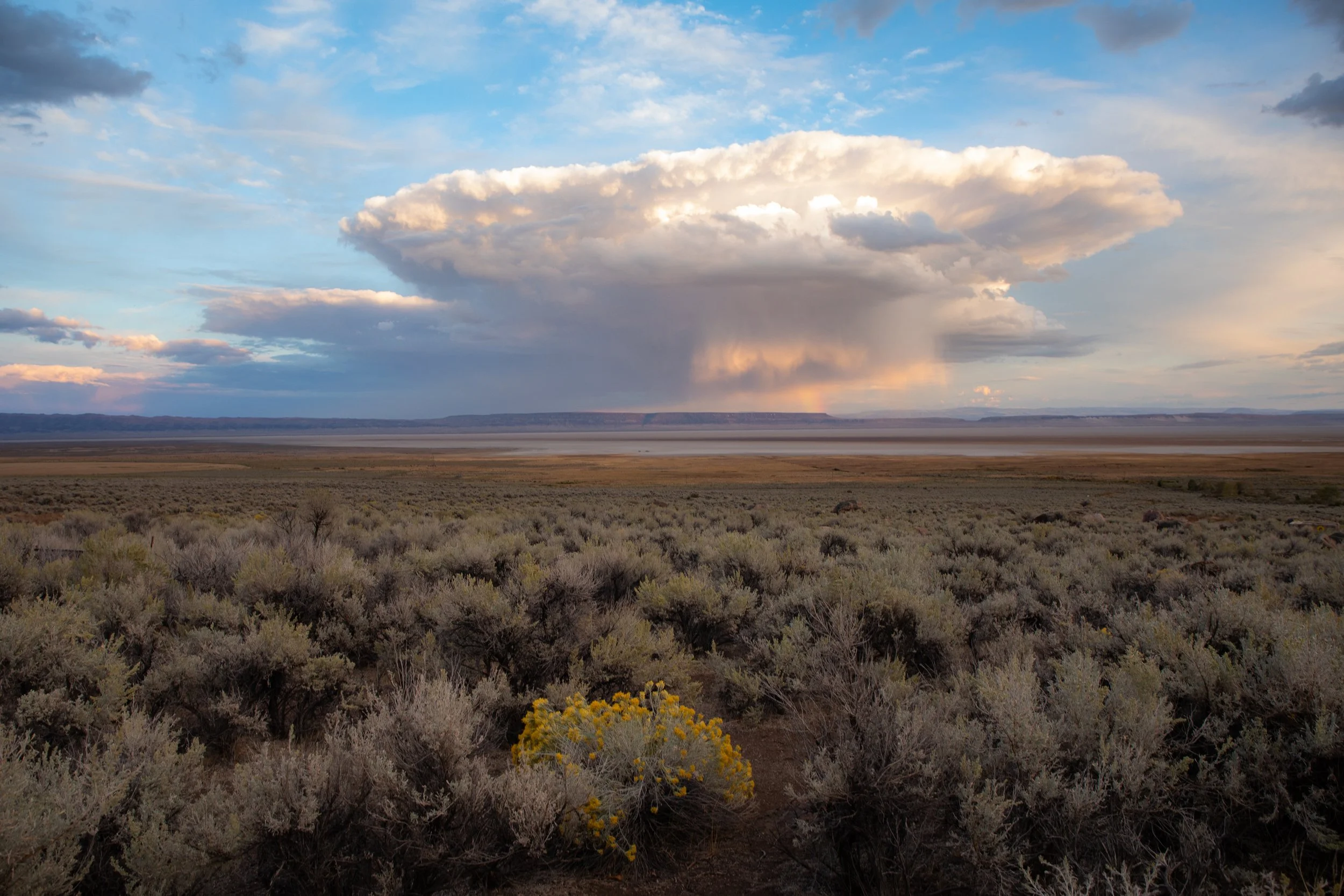



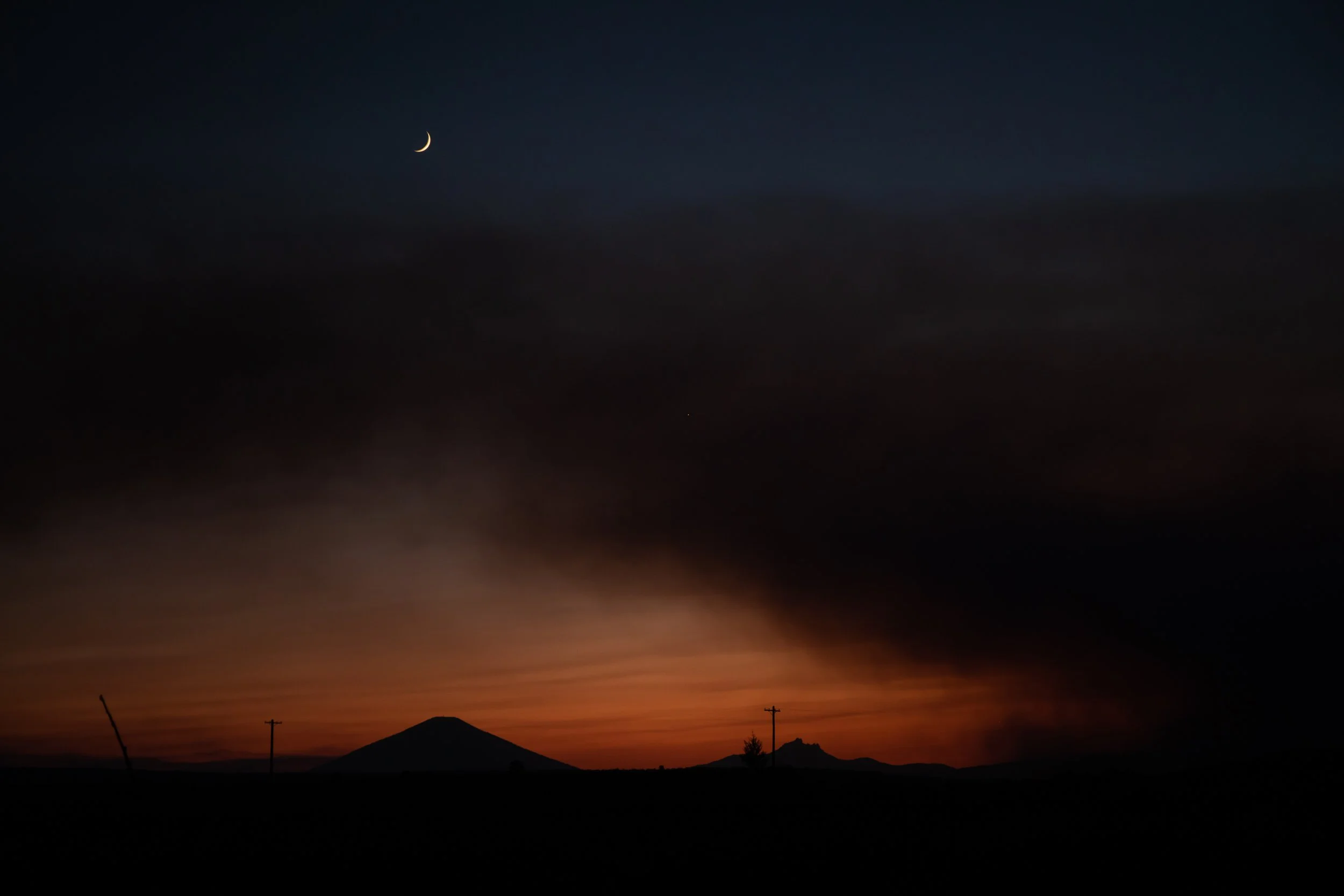




Can you tell us a little about your background and what it means to you to be a lifelong Central Oregonian?
I’m now 41 years old—which still feels bizarre to say. I was fortunate enough to be born at Redmond St. Charles Hospital. My parents separated when I was three, so I split my time between Camp Sherman and Sisters. Growing up in such a safe community with immediate access to nature allowed me to roam freely and enjoy the best childhood imaginable.
Looking back, it almost felt like Pleasantville—riding bikes everywhere, playing baseball, swimming in creeks, skateboarding, snowboarding, and fly fishing. We heated our home with a wood-burning stove, and I fondly remember cutting, splitting, and stacking wood with my dad. Each season offered its own activities, and I was able to experience the wilderness before it became so crowded. We could pick berries and forage mushrooms without seeing another person, or go up to Three Creeks knowing we’d likely be the only ones there.
Being a lifelong Central Oregonian has given me deep gratitude for how special this place is. I feel blessed to have grown up in a smaller community, forming lifelong friendships and collecting memories of joyful abundance. Now, I feel a responsibility to preserve what we still can from unnecessary and irresponsible development. While I grieve the rapid changes and loss, I also hold a profound appreciation for what this place continues to offer.
At the Painted Hills in the John Day Fossil Beds National Monument
What keeps you rooted here?
My community and my family are the primary reasons I stay—but my connection goes deeper than that. I feel a strong bond with the land, the rhythm of the seasons, and the knowledge I’ve gained through constant exploration and adventure. Running a large farm and ranch in my home territory gives me a sense of purpose. It is my duty to steward this land responsibly, protect its inhabitants, and contribute to the nourishment of our community.
With my wife and I expecting our first child this December, I’m even more motivated to give him as many of the experiences I was fortunate to have growing up.
Ryder is a strong advocate for the preservation rural lands.
How does living in Central Oregon influence your photography?
While I used to photograph extensively while traveling the world and working for Lindblad Expeditions as a photo instructor, I still keep a camera close by. These days, I focus on capturing seasonal changes in the landscape and the wildlife I encounter across the property.
The silhouette of a bull elk.
Is there a particular photo or moment you’ve captured that holds special meaning for you?
I’ve photographed polar bears in the Arctic, penguins in Antarctica, brown bears in Alaska, gray whales in Baja, the northern lights in Iceland, Costa Rican cowboys, and vibrant Mexican culture. Yet, my favorite image is of my dogs in the high desert with a full moon rising behind them. The love I have for them and the deep sense of place in that photo evoke an emotional response that, for me, surpasses the awe of those other incredible moments.
A Central Oregonian’s love for their dogs runs deep.
How do your photography and advocacy intersect?
I share images of the local wildlife and landscapes to showcase the natural beauty of this area. My hope is that these images inspire people to pause, connect, and appreciate the value of preserving such places. Sometimes I’ll photograph raw land where development is proposed, in the hope that it prompts someone to question the necessity or motivation for that change.
A mule deer pair on the sagebrush steppe.
What do you see as the biggest challenges facing Central Oregon?
Rapid growth, irresponsible development, and rezoning—particularly “spot zoning”—are the biggest threats. Allowing the rezoning of EFU (Exclusive Farm Use) land sets a dangerous precedent that could lead to predictable urban sprawl, wiping out the last open spaces we have.
I’ve attended many public hearings and testified on behalf of the land. What’s heartbreaking is that public opposition to development is consistently much greater than support, yet decisions seem driven by short-term tax revenue instead of the long-term well-being of the land and community. History shows us that in colonization models, land is taken from its original inhabitants—both human and animal—and then degraded. We can’t make more land or more time. The moment to protect what remains is now.
Ryder’s special part of Central Oregon — Lower Bridge Valley. LandWatch has been opposing the rezone of 710 acres of exclusive farm use land in this area for years.
What do you hope Central Oregon looks like in 20 years? What role do you hope to play in shaping that future?
I hope it remains much as it is today, with only a few more thoughtfully designed high-rises and multi-unit housing closer to the downtown cores of Bend and Redmond.
Having traveled extensively and seen both failed and successful land-use models, I approach this with compassion and a global perspective. I don’t see nature as “other” but as our ally, and I believe it’s our duty to steward it in a way that protects all inhabitants—not simply to extract monetary gain.
I avoid attacking others, focusing instead on education and curiosity. Any divisive narrative is dangerous, and I aim to use my passion to help open hearts and minds to perspectives they may not have considered.
Working rural lands are a defining part of Central Oregon’s character.
Favorite spot in Central Oregon?
If I told you, I’d be a hypocrite. 😉
✌️


